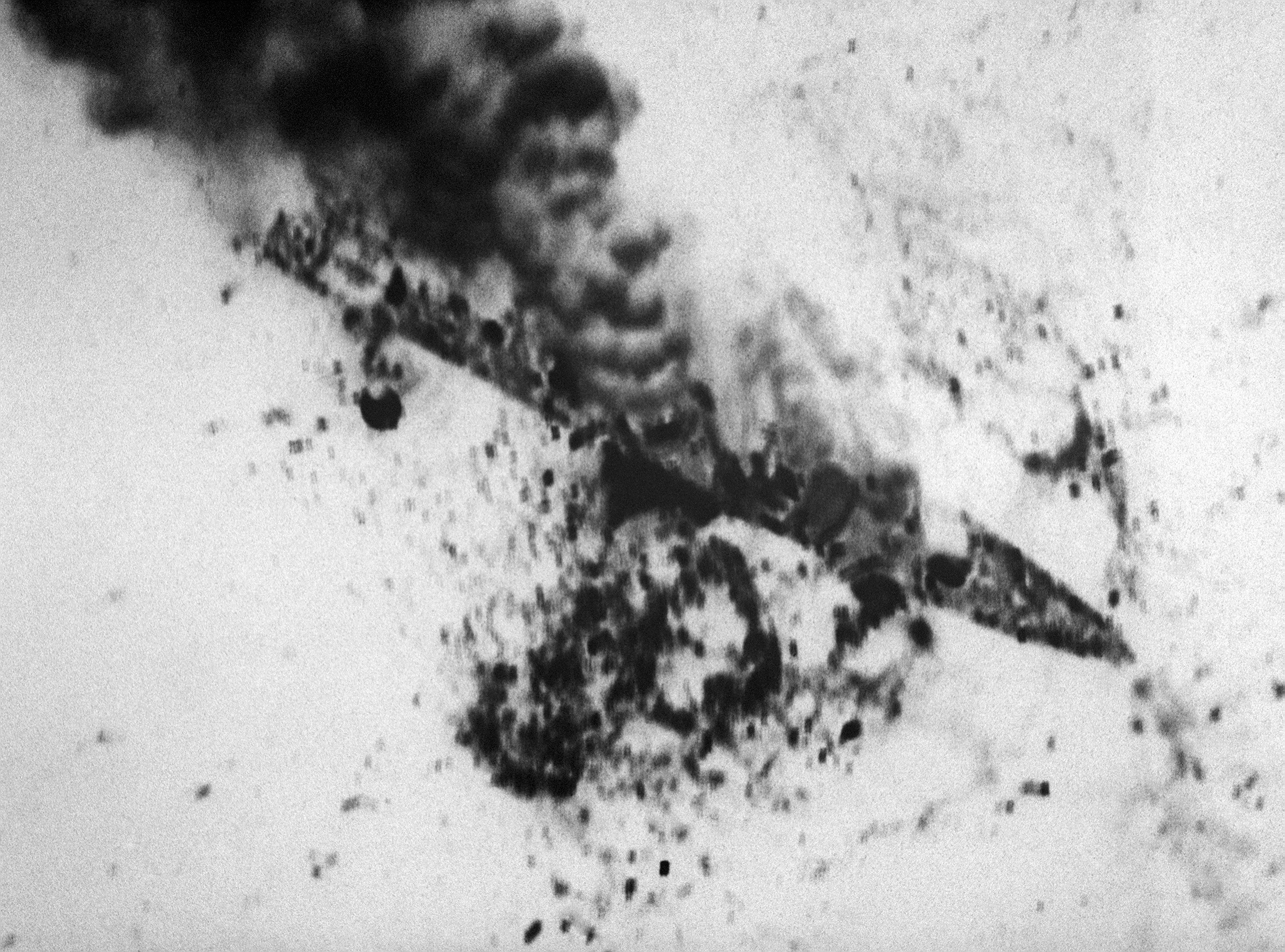|
The Fury (video Game)
''The Fury'' is a racing video game. It was developed by Creative Reality and published by Martech Games. It was released for the Amstrad CPC, Commodore 64, and ZX Spectrum in 1988. The box art was illustrated by Rodney Matthews. The game received mixed to negative reviews. Plot Loading screen ''The Fury'' is a racing game set in the year 2045 AD on the artificial planet Devs. Racing on a gutter shaped track orbiting the planet, racers race for money. The races are broadcast by The Network, a television station that also sponsor the races and train the racers. During these races, some of the drivers disappear while racing at top speed. One driver, after reappearing, explained it by saying "It's The Fury..." Gameplay The player must qualify in each race through different objectives. Qualifications of races range from speed trials, to killing a certain amount of "Nids", or young unqualified racers. Another type of race is the Tag Races, a race version of tag. Completing th ... [...More Info...] [...Related Items...] OR: [Wikipedia] [Google] [Baidu] |
Martech Games
Martech Games was an early video game publisher based in Pevensey Bay between 1982 and 1989. It published a number of successful video games for the emerging home computer games marketplace, including BBC Model B, Sinclair ZX81, Sinclair Spectrum, MSX, Amstrad CPC, Commodore 16, Commodore 64, Atari ST and Commodore Amiga. Martech was an early entrant into license-endorsed games, signing deals with personalities such as Eddie Kidd, Geoff Capes, Brian Jacks, Samantha Fox, Nigel Mansell, toy endorsed games, such as ZOIDS, book/comic characters, such as Tarzan and Slaine, and movies, such as '' Jaws''. The company won several industry awards for innovative game design and marketing campaigns. In the late 1980s the company embarked on an ambitious program of expansion by opening two games development studios, one in Brighton and one in Waterford, Ireland. In 1989 a number of critical development delays in both new studios led to the closure of the company. History Mart ... [...More Info...] [...Related Items...] OR: [Wikipedia] [Google] [Baidu] |
Racing Video Games
Racing games are a video game genre in which the player participates in a racing competition. They may be based on anything from real-world racing leagues to fantastical settings. They are distributed along a spectrum between more realistic racing simulations and more fantastical arcade-style racing games. Kart racing games emerged in the 1990s as a popular sub-genre of the latter. Racing games may also fall under the category of sports video games. Sub-genres Arcade-style racing Arcade-style racing games put fun and a fast-paced experience above all else, as cars usually compete in unique ways. A key feature of arcade-style racers that specifically distinguishes them from simulation racers is their far more liberal physics. Whereas in real racing (and subsequently, the simulation equivalents) the driver must reduce their speed significantly to take most turns, arcade-style racing games generally encourage the player to "powerslide" the car to allow the player to keep up thei ... [...More Info...] [...Related Items...] OR: [Wikipedia] [Google] [Baidu] |
Amstrad CPC Games
Amstrad was a British electronics company, founded in 1968 by Alan Sugar at the age of 21. The name is a contraction of Alan Michael Sugar Trading. It was first listed on the London Stock Exchange in April 1980. During the late 1980s, Amstrad had a substantial share of the PC market in the UK. Amstrad was once a FTSE 100 Index constituent, but since 2007 has been wholly owned by Sky UK. , Amstrad's main business was manufacturing Sky UK interactive boxes. In 2010, Sky integrated Amstrad's satellite division as part of Sky so they could make their own set-top boxes in-house. The company had offices in Kings Road, Brentwood, Essex. History 1960s and 1970s Amstrad (also known as AMSTrad) was founded in 1968 by Alan Sugar at the age of 21, the name of the original company being AMS Trading (Amstrad) Limited, derived from its founder's initials (Alan Michael Sugar). Amstrad entered the market in the field of consumer electronics. During the 1970s they were at the forefron ... [...More Info...] [...Related Items...] OR: [Wikipedia] [Google] [Baidu] |
1988 Video Games
File:1988 Events Collage.png, From left, clockwise: The oil platform Piper Alpha explodes and collapses in the North Sea, killing 165 workers; The USS Vincennes (CG-49) mistakenly shoots down Iran Air Flight 655; Australia celebrates its Australian Bicentenary, Bicentennial on January 26; The 1988 Summer Olympics are held in Seoul, South Korea; Soviet Union, Soviet troops begin their Soviet-Afghan War, withdrawal from Afghanistan, which is completed the 1989, next year; The 1988 Armenian earthquake kills between 25,000-50,000 people; The 8888 Uprising in Myanmar, led by students, protests the Burma Socialist Programme Party; A bomb explodes on Pan Am Flight 103, causing the plane to crash down on the town of Lockerbie, Scotland- the event kills 270 people., 300x300px, thumb rect 0 0 200 200 Piper Alpha rect 200 0 400 200 Iran Air Flight 655 rect 400 0 600 200 Australian Bicentenary rect 0 200 300 400 Pan Am Flight 103 rect 300 200 600 400 1988 Summer Olympics rect 0 400 200 600 8888 ... [...More Info...] [...Related Items...] OR: [Wikipedia] [Google] [Baidu] |
Imagine Publishing
Imagine Publishing was a UK-based magazine publisher, which published a number of video games, computing, creative and lifestyle magazines. It was founded on 14 May 2005 with private funds by Damian Butt, Steven Boyd and Mark Kendrick, all were former directors of Paragon Publishing, and launched with a core set of six gaming and creative computing titles in the first 6 months of trading. It was taken over by Future plc on 21 October 2016. In October 2005, it had acquired the only retro games magazine Retro Gamer, after its original publisher, Live Publishing went bankrupt. Early in 2006, it further acquired the rights to publish a considerable number of titles including gamesTM, Play, PowerStation, X360, Digital Photographer and iCreate, from the old Paragon Publishing stable of magazines when owner Highbury House Communications went into liquidation, following Future Publishing's withdrawal of its offer to buy the company, due to threats of a monopoly-investigation by the ... [...More Info...] [...Related Items...] OR: [Wikipedia] [Google] [Baidu] |
GamesTM
''GamesTM'' (styled as ''gamesTM'') was a United Kingdom, UK-based, multi-format video games magazine, covering video game console, console, handheld game, handheld, PC game, PC and Arcade games. The first issue was released in December 2002 and the magazine was still being published monthly in English and German up until the last edition was published on 1 November 2018. Format Besides covering all current and recent happenings in the video game world, the magazine included a Retrogaming, retro section at the rear, with reviews of past games and "battles" between older consoles. As a standard, it was around 112 pages long. News articles, Game development, developer interviews and the like were located at the front, with the preview section following. After the previews there was usually a large feature focused on a particular game or games company. This feature normally lasted 4 to 5 pages. The section for readers' letters followed, at the end of the magazine. Since it was a m ... [...More Info...] [...Related Items...] OR: [Wikipedia] [Google] [Baidu] |
Parallax Scrolling
Parallax scrolling is a technique in computer graphics where background images move past the camera more slowly than foreground images, creating an illusion of depth in a 2D scene of distance. The technique grew out of the multiplane camera technique used in traditional animation since the 1930s. Parallax scrolling was popularized in 2D computer graphics with its introduction to video games in the early 1980s. Some parallax scrolling was used in the arcade video game ''Jump Bug'' (1981). It used a limited form of parallax scrolling with the main scene scrolling while the starry night sky is fixed and clouds move slowly, adding depth to the scenery. The following year, ''Moon Patrol'' (1982) implemented a full form of parallax scrolling, with three separate background layers scrolling at different speeds, simulating the distance between them. ''Moon Patrol'' is often credited with popularizing parallax scrolling. '' Jungle King'' (1982), later called ''Jungle Hunt'', also had par ... [...More Info...] [...Related Items...] OR: [Wikipedia] [Google] [Baidu] |
Newsfield Publications
Newsfield Publications Ltd (also known as Newsfield) was a British magazine publisher during the 1980s and early 1990s. Newsfield Publications Ltd was founded by Roger Kean, Franco Frey and Oliver Frey in 1983. Based in Ludlow, Shropshire, Newsfield published a number of popular computer game magazines from the mid-1980s to early 1990s. This line-up was later supplemented by a number of less successful magazines covering role-playing games, film, horror and youth culture. Faced with financial difficulties, the company went bankrupt towards the end of 1991. This didn't spell the immediate end for some of their magazines though. Another magazine publisher, Europress, continued to publish Newsfield's flagship publications, Zzap!64 and Crash, for a further six months before the former was relaunched as Commodore Force and the latter sold to rival publisher EMAP and merged with Sinclair User. Thalamus Ltd, Newsfield's sister company, was set up in 1985 to publish a number of compute ... [...More Info...] [...Related Items...] OR: [Wikipedia] [Google] [Baidu] |
The Games Machine
''The Games Machine'' is a video game magazine that was published from 1987 until 1990 in the United Kingdom by Newsfield, which also published ''CRASH'', ''Zzap!64'', ''Amtix!'' and other magazines. History The magazine ran head to head with Future's recently launched ''ACE'' and EMAP's long running ''C&VG'' magazines. Unhappy with the profits from the title Newsfield decided to end the title in 1990. However Newsfield would, more or less, continue with a multi format magazine with '' Raze''. This new title would concentrate on the ever rising consoles like the Mega Drive as well as the established NES and Master System. ''The Games Machine'' in Italy A magazine with the same name is still being published in Italy. While it started as an Italian translated version of the British magazine, it currently publishes original articles, and is one of the best selling PC games magazines in Italy. References External links Archived The Games Machine magazines on the Internet ... [...More Info...] [...Related Items...] OR: [Wikipedia] [Google] [Baidu] |
Zzap!64
''Zzap!64'' was a computer games magazine covering games on the Commodore International series of computers, especially the Commodore 64 (C64). It was published in the UK by Newsfield Publications Ltd and later by Europress Impact. The magazine launched in April, with the cover date May 1985, as the sister magazine to ''CRASH''. It focused on the C64 for much of its shelf life, but later incorporated Amiga game news and reviews. Like ''CRASH'' for the ZX Spectrum, it had a dedicated cult following amongst C64 owners and was well known for its irreverent sense of humour as well as its extensive, detailed coverage of the C64 scene. The magazine adopted an innovative review system that involved the use of the reviewers' faces, artistically rendered by in-house artists Oli Frey and Mark Kendrick, to express their reaction to the games. These eventually evolved into static cartoons as the magazine began catering for a younger market. By 1992, the magazine had changed so dramatically i ... [...More Info...] [...Related Items...] OR: [Wikipedia] [Google] [Baidu] |



